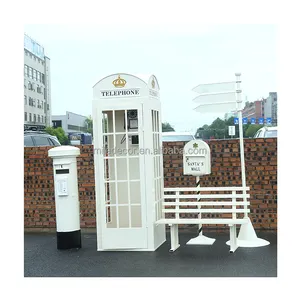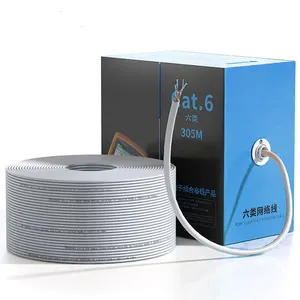Popular in your industry







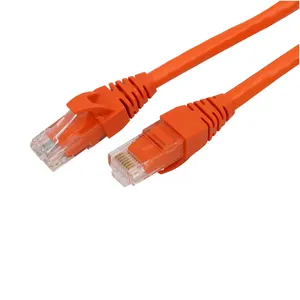

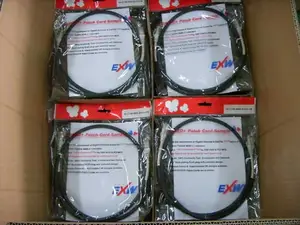



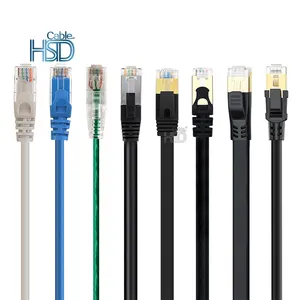















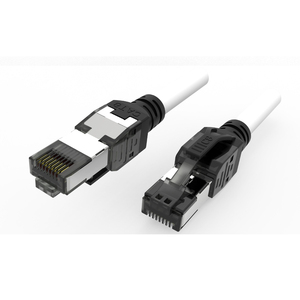






































Related Searches:









































































































































Top categories
About cat5e utp 4pr 24awg patch cord
Understanding Cat5e UTP 4PR 24AWG Patch Cords
The Cat5e UTP 4PR 24AWG patch cord stands as a pivotal component in modern network infrastructures. Designed to facilitate high-speed data transmission, these patch cords are integral to connecting various network devices. This category encompasses a range of cables tailored for different networking requirements, ensuring reliable connectivity across systems.
Composition and Design
A Cat5e UTP 4PR 24AWG patch cord is composed of four pairs of unshielded twisted copper wires, with a gauge of 24AWG, optimized for network efficiency and durability. The absence of a shielding layer makes these cords flexible and cost-effective for typical office environments where additional interference protection is not necessary.
Applications and Connectivity
These patch cords are commonly employed in various applications, from connecting computers to network switches, routers, and panels, to linking peripheral devices. Their versatility also extends to VoIP phones and video applications, where consistent data flow is crucial.
Performance Features
The performance of a Cat5e UTP 4PR 24AWG patch cord is characterized by its capability to support networks up to 1000 Mbps (1 Gigabit Ethernet) over a standard transmission distance. This makes them suitable for a wide range of commercial and residential networking tasks.
Advantages of Cat5e UTP Cables
Opting for a Cat5e UTP 4PR 24AWG patch cord brings several advantages, including ease of installation due to their flexibility and reduced costs associated with the lack of shielding. Despite being unshielded, these cords are designed to minimize crosstalk, ensuring clear signal transmission.
Choosing the Right Patch Cord
When selecting a Cat5e UTP 4PR 24AWG patch cord, it is essential to consider the specific needs of your network environment. Factors such as length, boot design, and conformance to industry standards play a significant role in maintaining an efficient network.
